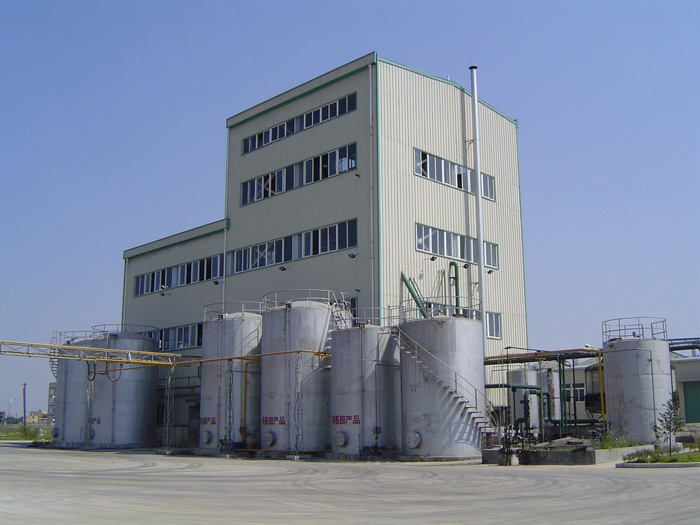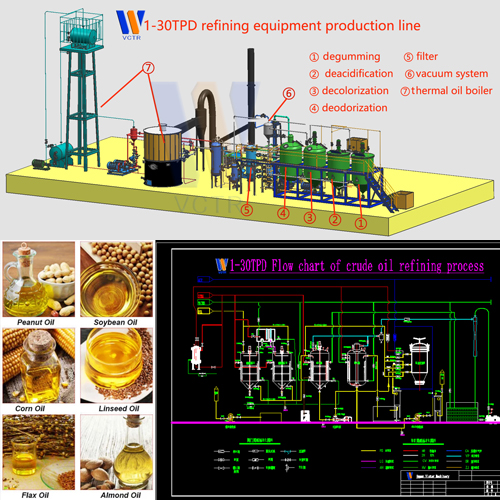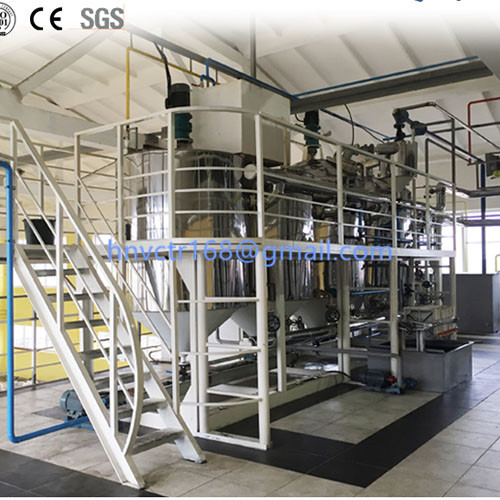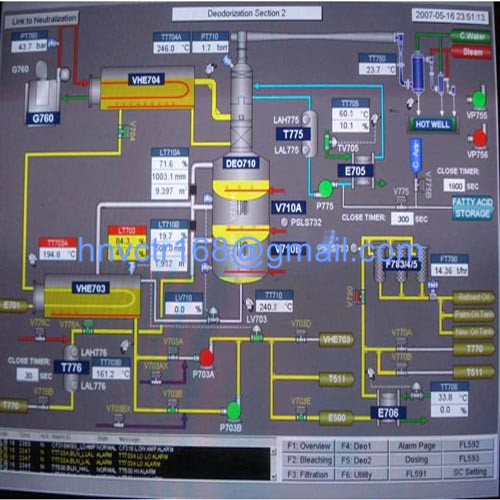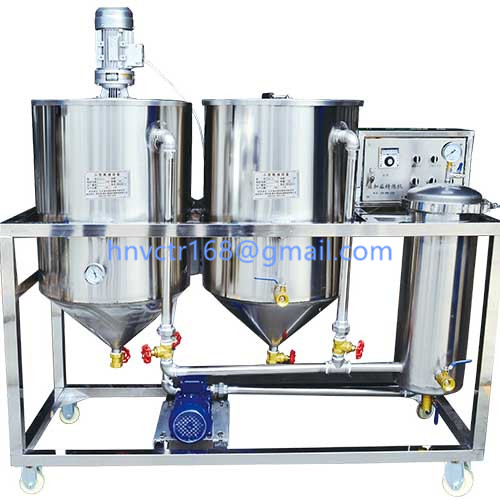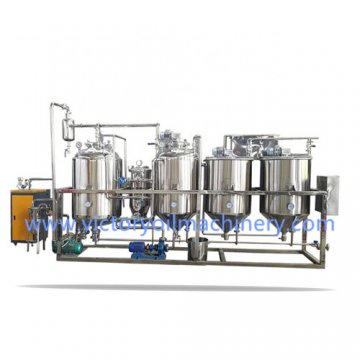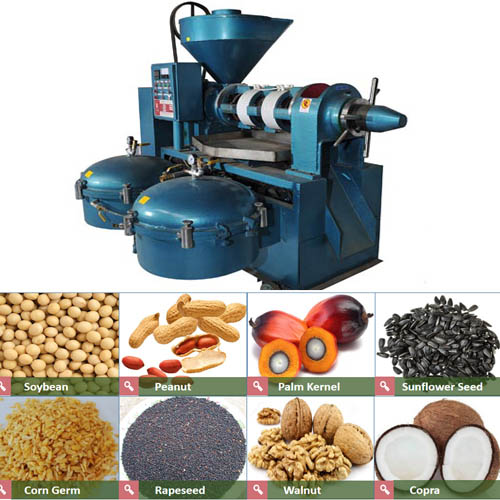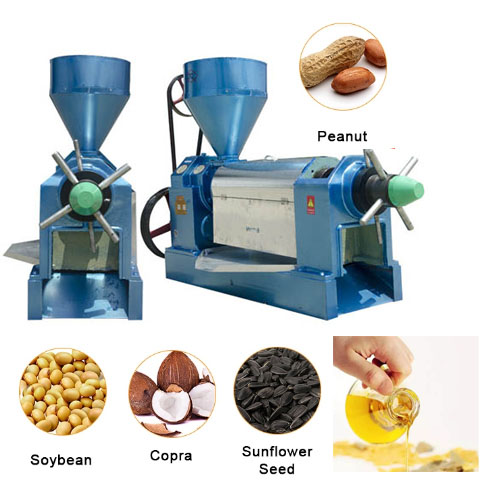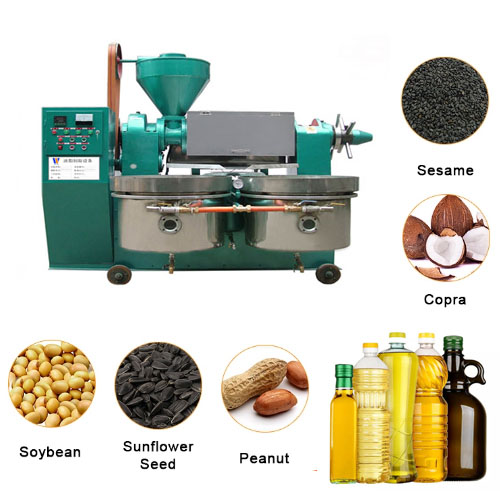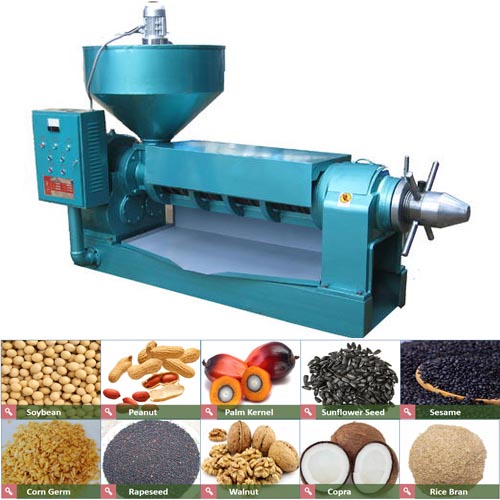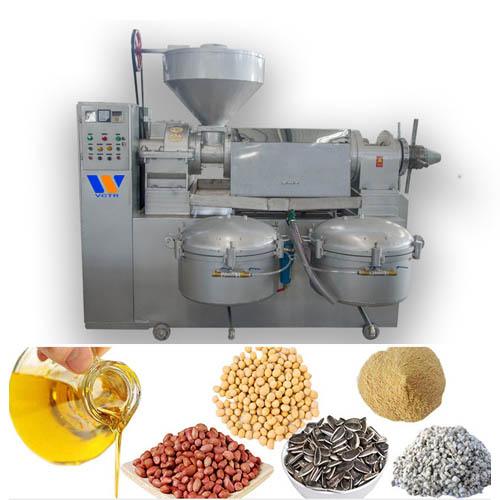Introduction to rice bran oil refining

Rice bran is a by-product of rice processing, attached to the surface layer of brown rice. Rice bran contains 15% protein, 16%-22% fat, and about 3%-8% sugar. The main fatty acids in fat are mostly unsaturated fatty acids such as oleic acid and linoleic acid. They also contain a large amount of vitamins, plant alcohols, dietary fiber, amino acids and minerals.
With the in-depth research of rice bran by scientific researchers in recent years, the work of extracting nutrients from rice bran has also made good progress. It is more common to extract rice bran crude oil by pressing or solvent extraction, and then refining to obtain healthy Rice bran oil.
The content of unsaturated fatty acids in rice bran oil is 80%~85%, the content of linoleic acid is 38%, and the content of oleic acid is 42%. The ratio of linoleic acid to oleic acid is close to the health organization recommendation 1:1, and the oil also contains Oryzanol, squalene, vitamin E, sitosterol, sterol and other nutrients, long-term consumption of rice bran oil is beneficial to the cardiovascular and cerebrovascular, reducing human serum cholesterol and arteriosclerosis.
As the general public has higher and higher requirements for the quality and functionality of edible oil, the quality requirements for rice bran oil are becoming more stringent. Rice bran oil with high nutritional value and better edible performance has stronger competition in the market. The production of rice bran oil that satisfies consumers requires vigorous research by relevant staff.
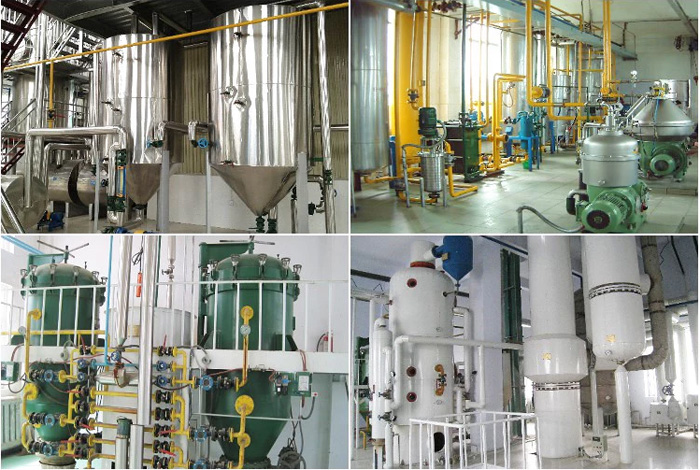
Rice bran oil refining can be divided into degumming, deacidification, decolorization, deodorization, and dewaxing. The conventional degumming process uses the hydration degumming method, which uses the hydrophilicity of the phospholipid molecule to add an appropriate amount of hot water to the crude oil to stir, and the colloid absorbs water and collects and filters to achieve the purpose of separating the colloid. The crude rice bran oil contains iron ions, which is colorless at room temperature, and reacts at high temperatures and becomes dark brown or dark red. The conventional degumming process will cause the oil to darken in color.
In order to avoid affecting the color of the refined oil, the Victoryoilmachinery manufacturer will recommend a degumming process of medium temperature acid first and then alkali when designing rice bran oil refining scheme for the oil plant. The crude oil is heated to about 70°C by a heater, added with phosphoric acid, cooled to about 40°C by heat exchange, added with a light alkali solution, mixed and reacted and heated to enter the centrifuge to separate the colloid. This process can not only separate the colloid, but also part of the impurities such as free fatty acids, pigments, and metal ions.
Conventional oil decolorization uses activated clay adsorption decolorization method. Rice bran oil contains various pigments such as chlorophyll, lutein, lutein, carotene and brown pigment, and also contains fatty acid iron salts that can easily react to form fatty acid iron salts dissolved in the oil. When using activated clay for decolorization, the amount of activated clay will be too large, which will increase the loss of neutral oil. The fat will also have a strong clay flavor, which will reduce the taste of rice bran oil.
. Victoryoilmachinery manufacturers boldly innovated in the decolorization process of rice bran oil. Choosing silica gel column percolation decolorization method can reduce the obvious color of rice bran oil, and the operation is simple and the cost is low. In addition, hydrogel can be used to decolorize rice bran oil, and citric acid can be added to increase the adsorption performance and decolorization stability of the gel, so as to obtain a good decolorization effect. Some people have also studied the use of membrane technology instead of activated clay to decolorize rice bran oil and reduce the processing cost of the factory.
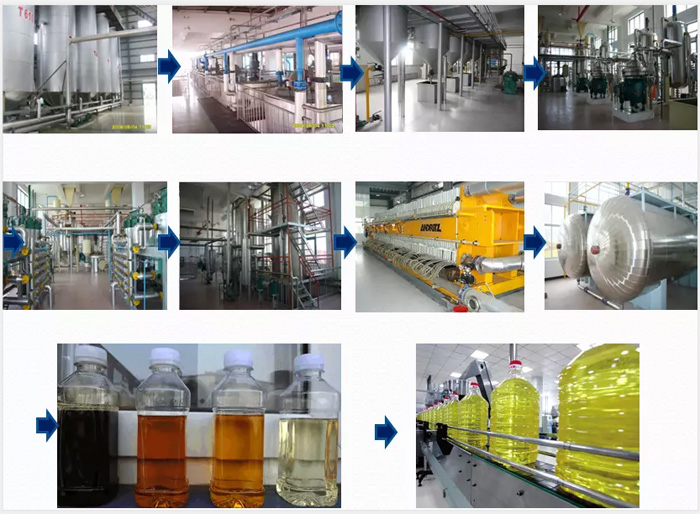
Victoryoilmachinery manufacturers keep up with the pace of the times in the development process, continuously improve and innovate on the basis of existing equipment, and strive to provide oil plants with high-quality grain and oil equipment to produce healthy and nutritious oil. Rice bran contains lipolytic enzymes, which will hydrolyze to produce a large amount of free fatty acids during storage and processing, leading to an increase in the acid value of rice bran oil. The traditional alkali refining and deacidification method requires a large amount of caustic soda to be added to the crude oil, although part of the free fatty acid can be separated. Fatty acids can destroy a large number of bioactive substances beneficial to the human body such as oryzanol, squalene, vitamin E, etc. in rice bran oil. The loss of neutral oil is serious and the amount of soapy feet sewage is large.
If the alkali refining effect is not good, it will not only deepen the oil color, but also the pigment is stable and difficult to separate, which will affect the sensory feel of the oil. Therefore, oil plants often use physical deacidification to separate free fatty acids in rice bran during deacidification. Physical deacidification can reduce the loss of neutral oil and avoid contact between crude oil and chemical reagents. The sewage discharge is low, and it can be separated. The peculiar smell molecules in crude oil achieve simultaneous distillation and deacidification and high-temperature vacuum deodorization, which improves the refining efficiency of the oil plant.
Most oil factories worry about the low refining yield and severe damage to the nutrient elements in the oil during the rice bran oil refining process. Victoryoilmachinery manufacturers continue to improve the equipment to improve the quality of rice bran oil and reduce Refining consumption, making unremitting efforts to stabilize the production of rice bran.
